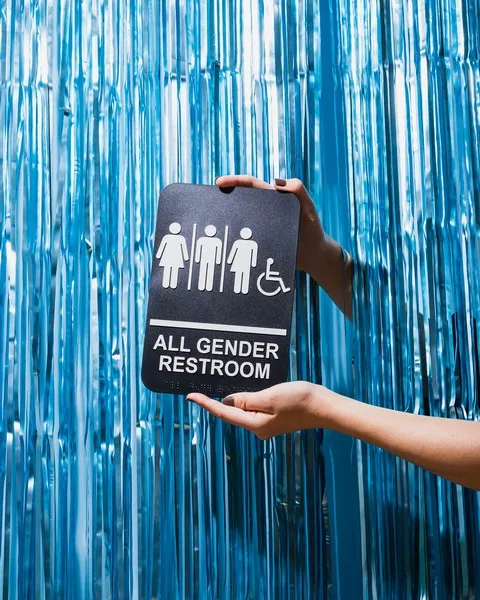Table of Contents
- Historical Context of Femininity
- Cultural Influences on Femininity
- The Role of Socialization
- Media and Femininity
- Contemporary Challenges to Femininity
- Femininity in the Workplace
- The Future of Femininity
- Conclusion
Femininity is a multifaceted concept that encompasses the behaviors, attributes, and roles generally associated with women and girls. It is a construct deeply embedded in cultural, social, and historical contexts. While often perceived through a binary lens in opposition to masculinity, femininity is fluid and subject to constant evolution and redefinition. This article explores the various dimensions of femininity, examining its cultural underpinnings, the impact of socialization, the role of media, and contemporary challenges and transformations.
Historical Context of Femininity
Historically, femininity has been defined through a patriarchal lens, often emphasizing qualities such as gentleness, empathy, nurturance, and passivity. In many cultures, these traits were seen as complementary to the assertiveness, strength, and dominance associated with masculinity. For centuries, women were confined to domestic spheres, their roles limited to caregiving and homemaking. This historical context laid the groundwork for persistent gender stereotypes that continue to influence perceptions of femininity today.
During the Victorian era, femininity was idealized as pure, virtuous, and self-sacrificing. Women’s fashion and behavior were tightly controlled, reflecting broader societal expectations of modesty and propriety. In contrast, the 20th century brought significant shifts. The suffrage movement, two world wars, and the feminist movements of the 1960s and 1970s challenged traditional notions of femininity, advocating for women’s rights and broader societal participation. These historical milestones highlight the dynamic nature of femininity and its susceptibility to change.
Cultural Influences on Femininity
Culture plays a crucial role in shaping and defining femininity. Different societies have distinct expectations and norms regarding gender roles, influencing how femininity is perceived and enacted. For instance, in many Western cultures, femininity has often been associated with beauty, fashion, and emotional expressiveness. In contrast, other cultures may emphasize different aspects, such as community involvement, spirituality, or maternal responsibilities.
Rituals, traditions, and customs further reinforce cultural conceptions of femininity. In some African communities, initiation rites mark the transition from girlhood to womanhood, instilling values and behaviors deemed appropriate for women. Similarly, in many Asian cultures, familial piety and modesty are highly valued traits of femininity. These cultural influences underscore the variability and context-dependence of feminine ideals across the globe.
The Role of Socialization
Socialization is the process through which individuals learn and internalize societal norms, values, and behaviors. From a young age, children are exposed to gendered expectations through family, education, peer interactions, and media. Girls are often encouraged to engage in activities and adopt behaviors that align with traditional notions of femininity, such as playing with dolls, expressing empathy, and prioritizing appearance.
Family dynamics play a significant role in shaping femininity. Parental attitudes and behaviors, as well as sibling interactions, contribute to a child’s understanding of gender roles. For instance, parents may unconsciously reinforce gender norms by praising daughters for their looks or nurturing abilities while encouraging sons to be independent and assertive. Schools also perpetuate gendered socialization through curriculum choices, teacher interactions, and peer influences.
Media and Femininity
Get the full article AD FREE. Join now for full access to all premium articles.
View Plans & Subscribe Already a member? Log in.






